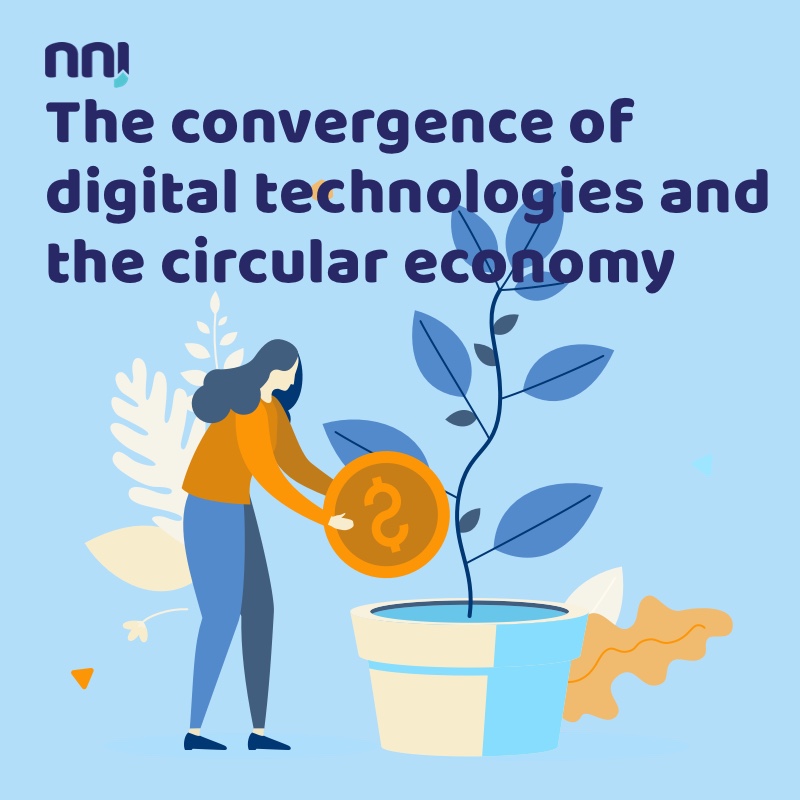The convergence of digital technologies and the circular economy has given rise to a groundbreaking synergy that holds immense potential to reshape our world. From blockchain to artificial intelligence, the latest digital innovations are revolutionizing the way we approach resource management, waste reduction, and sustainable practices. Today, let’s explore how these technologies are making a remarkable impact on the circular economy.
1. Enhanced Supply Chain Transparency:
Digital solutions such as blockchain are transforming supply chains by providing end-to-end transparency and traceability of materials and products. This transparency helps ensure ethical sourcing, fair trade, and environmental accountability. By enabling real-time tracking and verification, these technologies empower consumers to make informed choices, promoting a more sustainable and circular economy.
2. Smart Waste Management:
The Internet of Things (IoT) and data analytics are playing a pivotal role in optimizing waste management systems. Connected sensors and smart bins can monitor waste levels, enabling efficient collection routes and reducing unnecessary trips. Moreover, data analytics provide valuable insights into waste composition and generation patterns, allowing for targeted recycling initiatives and waste reduction strategies.
3. Collaborative Consumption Platforms:
Digital platforms are fostering the growth of collaborative consumption, where individuals can share, rent, or trade goods and services. This sharing economy minimizes resource consumption by maximizing the usage of existing assets. Online platforms enable easy access, connect like-minded individuals, and create a marketplace for sharing everything from vehicles and tools to clothing and appliances, disrupting the traditional linear consumption model.
4. Predictive Maintenance and Remanufacturing:
Digital innovations are enabling companies to embrace predictive maintenance and remanufacturing practices. By leveraging IoT sensors, machine learning, and predictive analytics, businesses can monitor the condition of their products and equipment in real-time. This not only helps prevent breakdowns but also extends the lifespan of products, reducing waste generation. Remanufacturing processes, driven by sophisticated digital technologies, enable the refurbishment and re-introduction of products into the market, further closing the loop.
5. Virtual Collaboration and Remote Work:
Digitalization has accelerated the shift towards virtual collaboration and remote work, reducing the need for physical gatherings and commuting. This transformation has significant implications for transportation, infrastructure, and energy consumption, promoting resource efficiency and reducing carbon emissions. The circular economy can benefit from these advancements, as they provide alternatives to traditional models of work and travel.
The marriage of digital innovation and the circular economy has unleashed transformative possibilities. These cutting-edge technologies are enhancing transparency along the supply chain, optimizing waste management systems, fostering collaborative consumption, enabling predictive maintenance, and promoting virtual collaboration.




